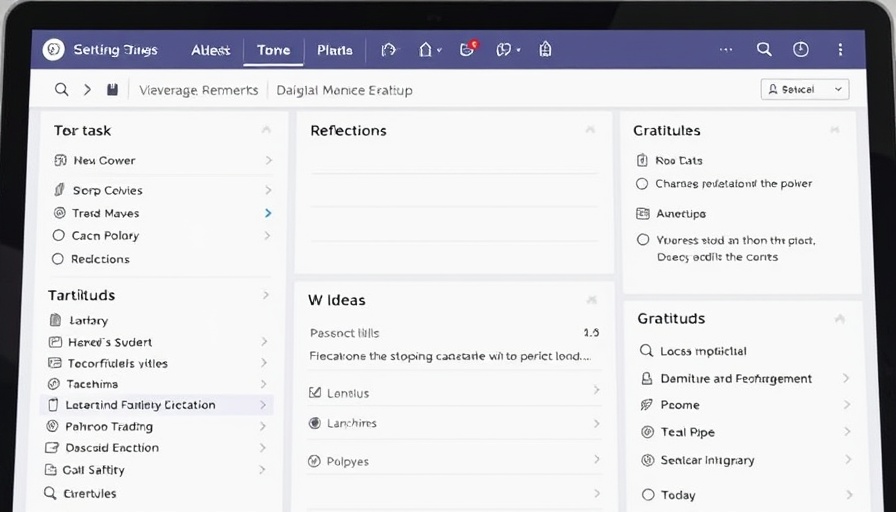
The Need for Enhanced Operational Efficiency
In today's fast-paced global market, businesses like Calderys are under immense pressure to streamline operations across continents. With manual workflows causing inconsistencies and delays, the call for an overhaul of traditional processes is louder than ever. Business owners generating $2M to $10M annually, especially those actively scaling, must heed the lessons from Calderys' journey to integrate smarter systems. The fragmented approach often leads to bottlenecks and unclear accountability, making it essential to embrace automation and connection between disparate systems.
Challenges of Disconnected Systems
As Calderys expanded internationally, they discovered that their reliance on numerous disconnected systems had created notable inefficiencies. Teams often faced challenging scenarios, such as duplicate data entry into platforms like SAP, which not only wasted precious time but also increased the likelihood of errors. Furthermore, an absence of real-time visibility meant that leadership could not adequately track order fulfillment or resolve issues promptly. Imagine running a global operation with not enough insight to say who’s responsible for which task—this was the reality for Calderys before their pivotal change.
The Benefits of SAP Integration and Automation
By integrating their systems through Process Street, Calderys experienced a revolutionary shift in workflows. As they automated processes within SAP, Salesforce, Power BI, and Snowflake, they unlocked numerous benefits:
- Eliminating Duplicate Data: Automatically syncing relevant data from Process Street into SAP not only cut down administrative hours but also significantly reduced the chances for error.
- Centralized Workflow Visibility: The centralized dashboard replaced outdated monitoring methods, fostering a culture of transparency where real-time task status could be accessed effortlessly.
- Instant Insights: The integration enabled tailored reports that provided leadership with on-demand insights, allowing them to spot and resolve issues before they escalated.
Future Insights: What’s Next in Workflow Automation?
As automation technologies continue to advance, businesses must anticipate their evolving role in enhancing operational infrastructure. For Calderys and companies like it, the integration of smart systems isn't just about addressing current inefficiencies; it’s about building a sustainable foundation for future growth. The ability to scale operations effectively and improve workflows will be critical as companies globally navigate competition and marketplace changes.
Actionable Insights for Business Owners
For business owners looking to scale and streamline operations, consider the following actionable tactics gleaned from Calderys’ transformation:
- Assess your current workflows and identify any major bottlenecks or redundancies.
- Explore automation tools that can integrate with your existing systems to enhance efficiency.
- Establish clear task ownership and foster accountability through centralized systems.
By embracing these strategies, you can position your company for sustainable growth while ultimately serving your customers better.
In conclusion, the proactive steps Calderys took showcase a blueprint for success that all scaling businesses can follow. Transitioning to integrated workflows not only enhances operations but also builds resilience—a necessary component in today's ever-evolving marketplace. Ready to reinvent your workflow?
 Add Row
Add Row  Add
Add 



Write A Comment